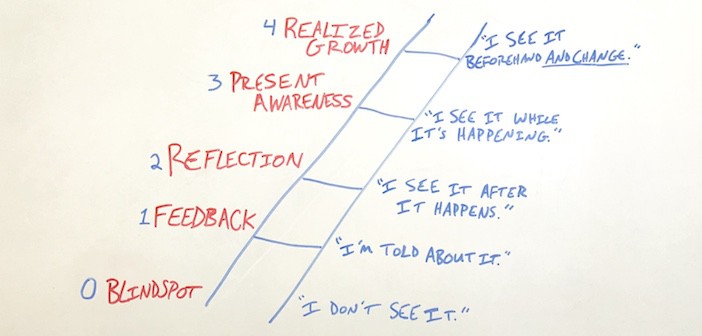In his book, Start with Why, Simon Sinek provides clear definitions for repeat and loyal customers:
.
There is a big difference between repeat business and loyalty. Repeat business is when people do business with you multiple times. Loyalty is when people are willing to turn down a better product or a better price to continue doing business with you. Loyal customers often don”t even bother to research the competition or entertain other options. Loyalty is not easily won. Repeat business, however, is. (Sinek, 31)
.
While no church seeks “customers”, a similar differentiation can made between repeat attendees and loyal attendees. Repeaters show up nearly every Sunday, may be involved in your discipleship programs, and might even tithe. However, they primarily attend because your church provides some type of service for them. It may be your great children”s program, energetic music, or relevant teaching, but there is some aspect of your church that meets a need of theirs. They are not really invested in your organization, just more so interested in what you provide. When a nearby church provides a better version of that desired component, you can expect to find Repeaters there rather quickly.
.
Loyals on the other hand, buy into the full vision of your organization. They recognize the greater cause being pursued and want to do whatever they can to be a part of it. Even during rough spots, these people stick around and may even strengthen their commitments, recognizing that your organization”s vision is much bigger than isolated problems. You see Loyals serving in the early hours of Sunday morning and you hear them spreading your message to everyone they encounter.
.
Obviously, every church desires to turn more Repeaters into Loyals for the sake of greater impact. This is not about making sure your people do not leave for “that other church”. It is about developing a community of individuals fully engaged to make a difference together. But how can you tell Loyals from Repeaters?
.
The number of Loyals within your organization can be measured by the level of investment made by attendees. Time and money are the two primary indicators of one’s buy-in to a cause. Consider these simple metrics…
Time
Unlike other discipleship programs, volunteers do not receive any clear benefit beside the opportunity to invest. What percentage of your attendees are serving on a regular basis?
Money
The loyalties of an individual can be seen by his or her use of money. We are willing to give to the things we value (Matthew 6:21). What percentage of your attendees tithe on a regular basis? What percentage invest above tithe?
.
After identifying the level of loyalty within your congregation, how do you turn Repeaters into Loyals? Give them a reason and opportunity to invest…
Communicate big vision
People are inspired by causes bigger than themselves. If your vision does not seem a little too big to be possible, it could probably be more inspiring. Seek God for big vision and share it every chance you get.
Make vision easy to engage
Give people the chance to easily join in the pursuit of big vision. One-time service projects and project-based giving campaigns can give people a sense of what it feels like to invest in your cause. These small opportunities can spark a desire for increased loyalty.
.
A community of Repeaters does not make much of an impact. (Just imagine if all of Jesus” disciples only followed him around to hear good teaching.) Identify the level of loyalty within your congregation. Then work to engage more individuals with your vision.
.
The impact may become immeasurable.



